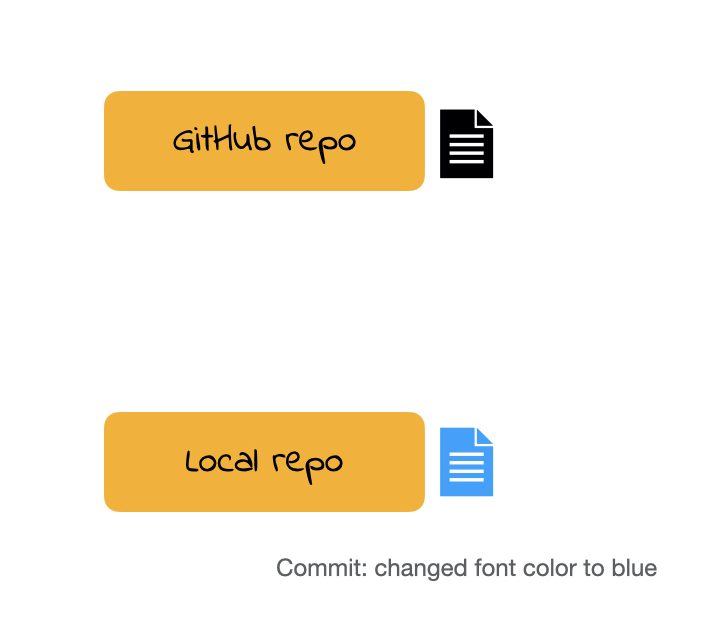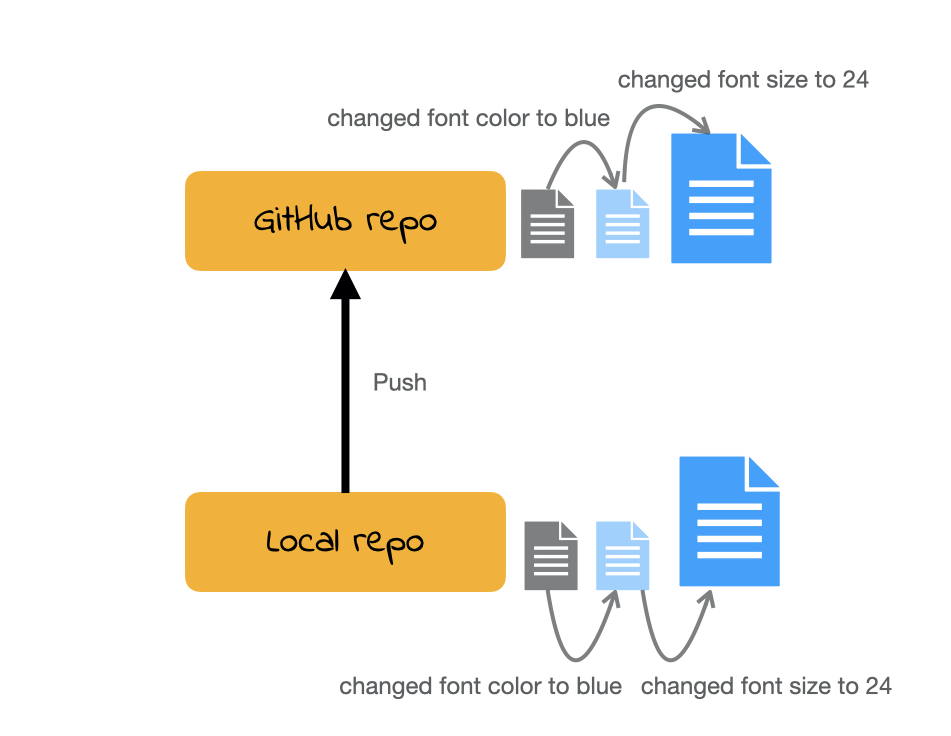Introduction to the Toolkit
Getting to Know Each Other
Merhaba
Hello
Private Sub Form_Load() MsgBox "Hello, World!" End Sub
Hallo
مرحبا
print('Hello world')
नमस्ते & السلام عليكم
print("Hello world")
<html> Hello world</html>
¡Hola!
سلام
Meet and Greet Each Other
In groups three or four meet and greet each other.
Include
Your name
Your year
I live …
My favorite thing about UCI is …
I am awesome because …
Find something in common between all of you by expanding the conversation.
Find a difference.
Getting to Know the Course
The most important thing about this course
Poll Everywhere
What is Data Science?
Think 💭 - Pair 👫🏽 - Share 💬
What do you think data science is about and what will we learn in this course? There is no right or wrong answer.
What is Data Science?
Data science is an interdisciplinary academic field that uses statistics, scientific computing, scientific methods, processes, algorithms and systems to extract or extrapolate knowledge and insights from noisy, structured, and unstructured data. Wikipedia
What is Data Science?
Data science also integrates domain knowledge from the underlying application domain (e.g., natural sciences, information technology, and medicine). Data science is multifaceted and can be described as a science, a research paradigm, a research method, a discipline, a workflow, and a profession. Wikipedia
What types of data will we use in this course
We will use a variety of datasets from biological studies to business answering questions serving different purposes in life. Data will come different size, shape, and form and will include numbers, categories, text etc.
Is this a statistics course or a computing course?
A little bit of both.
Do I need prior programming/statistics experience?
No
Example work by students

How to be successful in this course
- Be punctual
- Be organized
- Do the work
How to make your professor happy
- Be kind
- Be honest
Getting to Know the Toolbox
hello woRld
Object assignment operator
| Windows | Mac | |
|---|---|---|
| Shortcut | Alt + - | Option + - |
R is case-sensitive
If something comes in quotes, it is not defined in R.
Vocabulary
do() is a function;
something is the argument of the function.
Getting Help
In order to get any help we can use ? followed by function (or object) name.
Tip
You should not copy paste code from my slides or from the internet. Part of learning to code is building up your muscle memory.
tidyverse_style_guide
canyoureadthissentence?
tidyverse_style_guide
After function names do not leave any spaces.
Before and after operators (e.g. <-, =) leave spaces.
Put a space after a comma, not before.
Object names are all lower case, with words separated by an underscore.
Tip
You can let RStudio do the indentation for your code.
RStudio Setup
Quarto
markdown
_Hello world_
__Hello world__
~~Hello world~~ Hello world
Hello world
Hello world
Quarto parts

Quarto parts

Quarto parts

Quarto parts

Quarto parts

Quarto parts

Slides for this course
Slides that you are currently looking at are also written in Quarto. You can take a look at them on our course’s GitHub organization in the slides repo.
Does this look familiar?
hw1
hw1_final
hw1_final2
hw1_final3
hw1_finalwithfinalimages
hw1_finalestfinal
What if we tracked our file with a better names for each version and have only 1 file hw1?
hw1 added questions 1 through 5
hw1 changed question 1 image
hw1 fixed typos
We will call the descriptions in italic commit messages.
git vs. GitHub
git allows us to keep track of different versions of a file(s).
GitHub is a website where we can store (and share) different versions of the files.






Demo
We have actually done something similar to this demo before by cloning the test repo and committing, and pushing.
Tip
Always use .Rproj file to open projects. Then open the appropriate .qmd / .R file from the Files pane. If you don’t open .Rproj file you will not be able to see the Git pane.
Cloning a repo
repo is a short form of repository. Repositories contain all of your project’s files as well as each file’s revision history.
For this course our daily repos (lecture code, activity etc.) are hosted on Github.
To clone a GitHub repo to our computer, we first copy the cloning link as shown in screencast then start an RStudio project using that link.
Cloning a repo pulls (downloads) all the elements of a repo available at that specific time.
Commits
Once you make changes to your repo (e.g. take notes during lecture, answer an activity question) you can take a snapshot of your changes with a commit.
This way if you ever have to go back in version history you have your older commits to get back to.
This is especially useful, for instance, if you want to go back to an earlier solution you have committed.
Push
All the commits you make will initially be local (i.e. on your own computer).
In order for us to see your commits and your final submission on any file, you have to push your commits. In other words upload your files at the stage in that specific time.
(An incomplete) Git/GitHub glossary
Git: is software for tracking changes in any set of files
GitHub: is an internet host for Git projects.
repo: is a short form of repository. Repositories contain all of your project’s files as well as each file’s revision history.
clone: Cloning a repo pulls (downloads) all the elements of a repo available at that specific time.
commit: A snapshot of your repo at a specific point in time. We distinguish each commit with a commit message.
push: Uploads the latest “committed” state of your repo to GitHub.
Do you git it?
